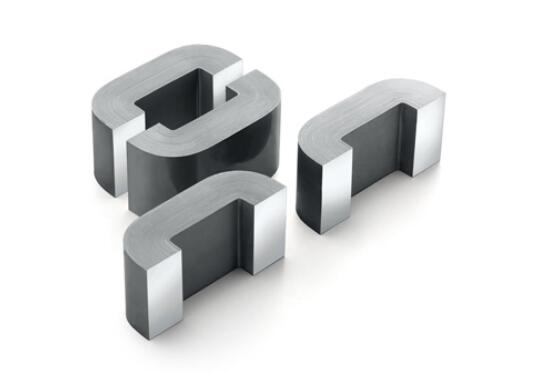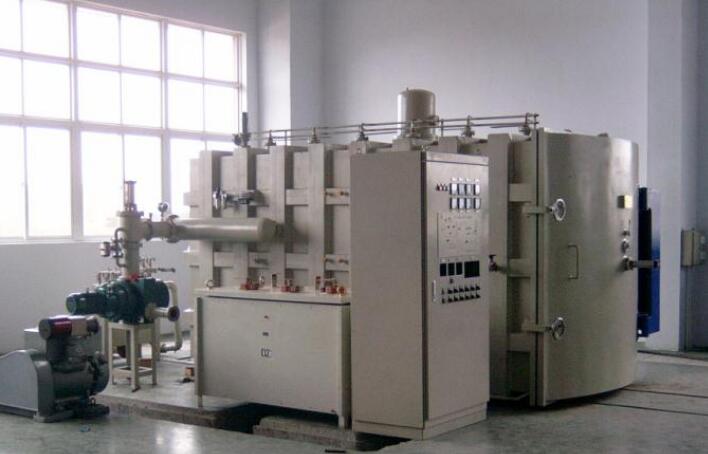Main Factors Affecting The Annealing Of Transformer Silicon Steel Sheets
In the process of rolling (mostly cold rolling) of silicon steel sheet, its internal crystal arrangement is regular. For example, the crystal arrangement of the H-series non-oriented sheet is disordered, and the Z-series oriented sheet crystals are ordered in one direction.
During the process of punching into transformer pieces, the crystals on the punched edge will be stretched and arranged in the punching direction. This is extremely disadvantageous for unoriented and oriented sheets. In order to eliminate the stress during the punching process, annealing is generally used to restore the original internal crystal arrangement.
During the annealing process, it should be strictly kept free of oxygen (to prevent oxidation), and nitrogen is generally charged for oxidation protection. The annealing process is kept at a constant temperature, and when the temperature drops from high temperature to low temperature {annealing}, it should be kept for a long time.

1. Annealing temperature
The temperature should not be selected too high, as long as it can restore to the original magnetic level. Higher annealing temperatures, of course, can further improve the magnetic properties, but correspondingly affect the insulating coating or bond the laminations. The cold-rolled grain-oriented electrical steel strip (grain-oriented silicon steel sheet) is generally selected at 800±10℃. Cold-rolled non-oriented electrical steel sheet (non-oriented silicon steel sheet) is selected at 680-750 °C, and the annealing temperature is higher than 750 °C, and the protective atmosphere in the furnace should be strictly controlled to be a non-oxidizing atmosphere.
2. Annealing time
Refers to the holding time after the temperature in the furnace reaches the set annealing temperature. The actual annealing time depends on factors such as annealing method, annealing furnace type, furnace loading, furnace loading method and core size. In order to prevent the deformation of the core sheet due to thermal stress during the heating and cooling process, the heating rate and cooling rate must be properly controlled. The heating method is best to use heating from the side of the iron core punch to achieve uniform and rapid heating. The cooling rate depends on the furnace load, which should be lower than 30℃/hour. When the furnace load is larger, it should be lower.
3. Annealing atmosphere
The selection is based on the principle of no oxidation and carburization of the iron core punching and no obvious deterioration of the surface insulation coating of the electrical steel strip (silicon steel sheet). It is best to use a hydrogen-nitrogen gas mixture containing 2-10% hydrogen. Adding a small amount of hydrogen ensures that the iron core punch does not oxidize. The dew point in the protective gas should generally be below 0 °C.
4. Strictly prevent carburizing and oxidation
The carbon content of cold-rolled electrical steel strip (cold-rolled silicon steel sheet) is generally less than 0.003%. Therefore, during stress relief annealing, carburization must be strictly prevented to avoid deterioration of magnetic properties. Furnace materials, such as furnace hood and bottom plate, should be made of low-carbon steel, and the residual grease on the surface of the punching sheet should be removed before annealing. Preventing the oxidation of the punching sheet is an important measure to eliminate the effect of stress annealing. In addition to the reasonable selection of annealing gas, in actual operation, it is first necessary to confirm whether the furnace seal is in good condition. At the same time, before the power is sent to heat up, the protective gas is introduced to clean the furnace.

Industrial Furnace Thermocouple Working Principle And Installation Precautions Gas Trolley Heat Treatment Furnace For Tungsten And Molybdenum Products Steam Turbine High Temperature Fasteners Bolts Heat Treatment

Contact us
Your email address will not be published. Required fields are marked *